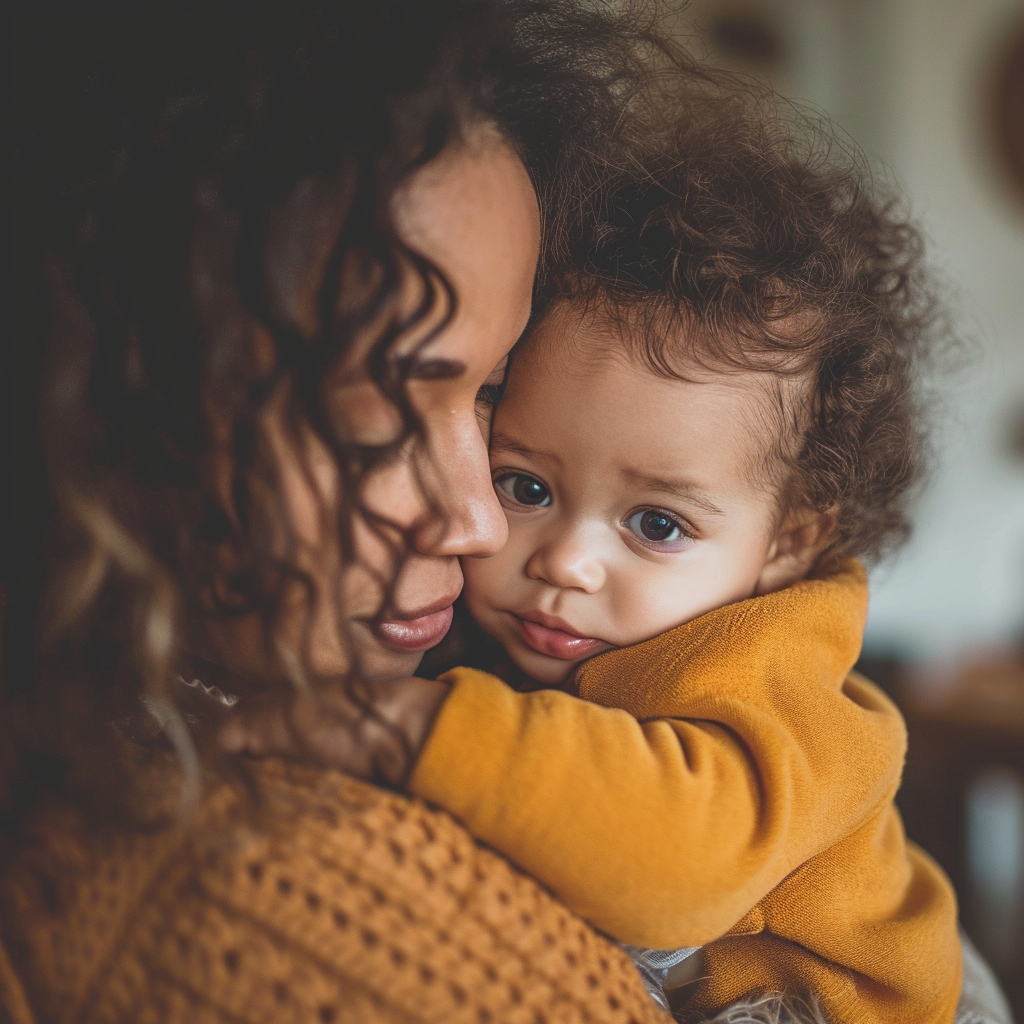Thanks to chimerism, it’s possible for a woman to bear children to which she is technically their aunt, not their mother. In 2002, Lydia Fairchild was denied public assistance in Washington state when DNA evidence appeared to show that she was not the mother of her children. A lawyer for the prosecution heard of a human chimera in New England, Karen Keegan, and suggested the possibility to the defense, who were able to show that Fairchild, too, was a chimera with two sets of DNA, and that one of those sets could have been the mother of the children.
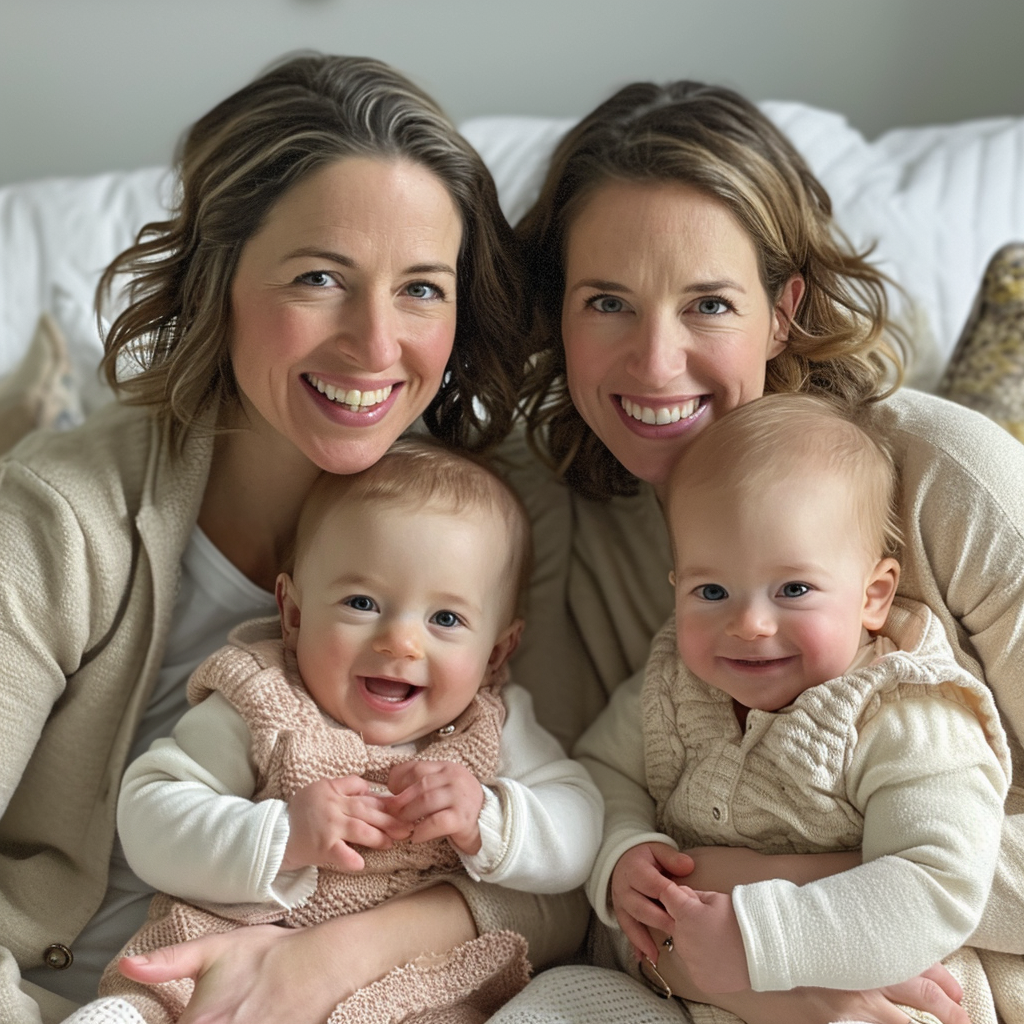
When identical twins have children, their children are legally cousins but a DNA test would identify them as half-siblings.

There’s this thing called ACHOO Syndrome where it’s estimated that 18-35% of people on Earth have a reflex that induces sneezing due to bright light. Autosomal Dominant Compelling Helioopthalmic Outburst (ACHOO) Syndrome is characterized by uncontrollable sneezing in response to the sudden exposure to bright light, typically intense sunlight. This type of sneezing is also known as photic sneezing. If you drive to work early in the morning into the sun and find yourself sneezing, now you know why.

There is a gene called TP53 – it’s referred to as the ‘guardian of the genome’ – it is a tumor suppressor gene and prevents cancer of all types. Humans have two copies and if one is broken/mutated it causes an inherited condition called Li Fraumeni. People with this have a very very high risks for cancer, and the condition can be passed down in families. Elephants have 20 copies of TP53 and therefore rarely get cancer. The Li Fraumeni foundation uses the elephant as its mascot and hopefully we can someday figure out how to replace faulty TP53 genes for these families.
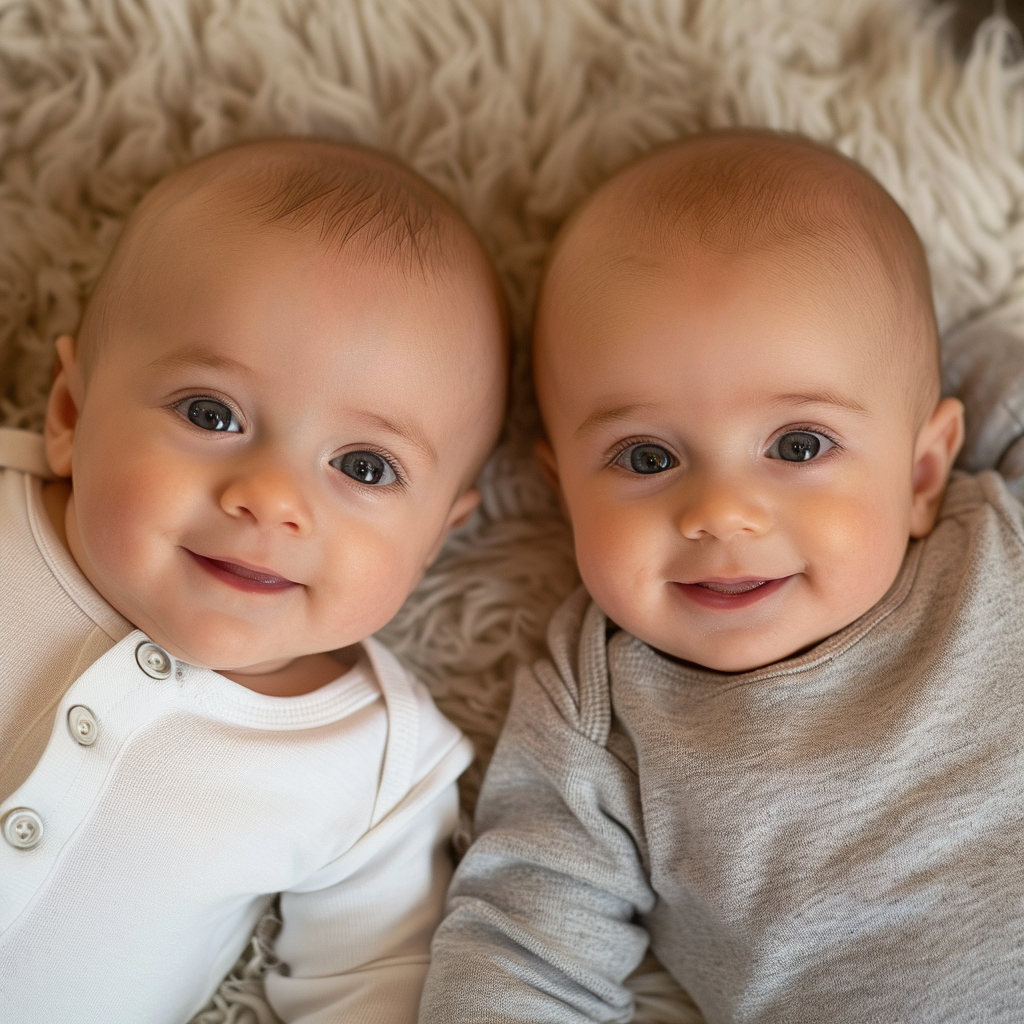
Twins can have different fathers. One in every 400 sets of fraternal twins or one in every 13,000 births on average.
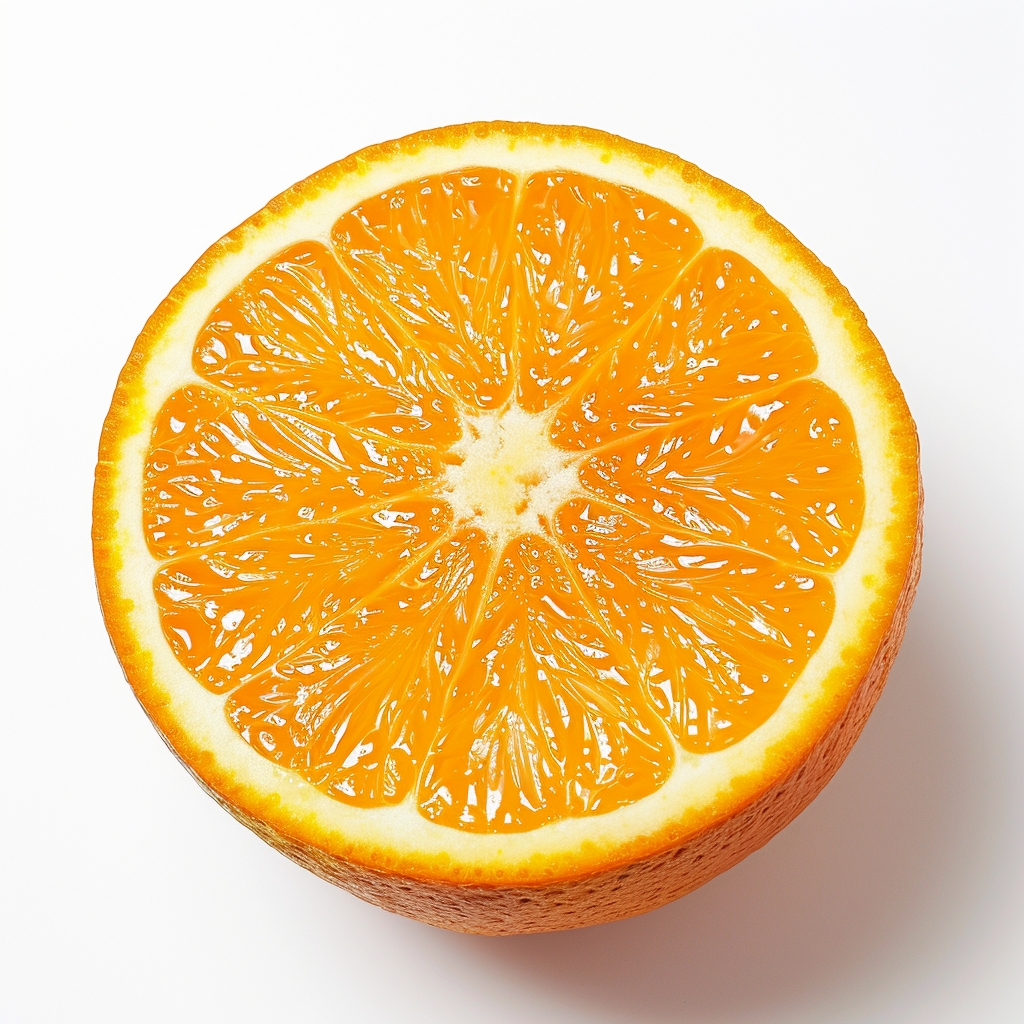
Since navel oranges have no seeds, they are all clones of the original mutated fruit discovered by a Brazilian monk a century ago. The billions and billions of navel oranges that have been grown, sold and consumed since are all genetically identical.
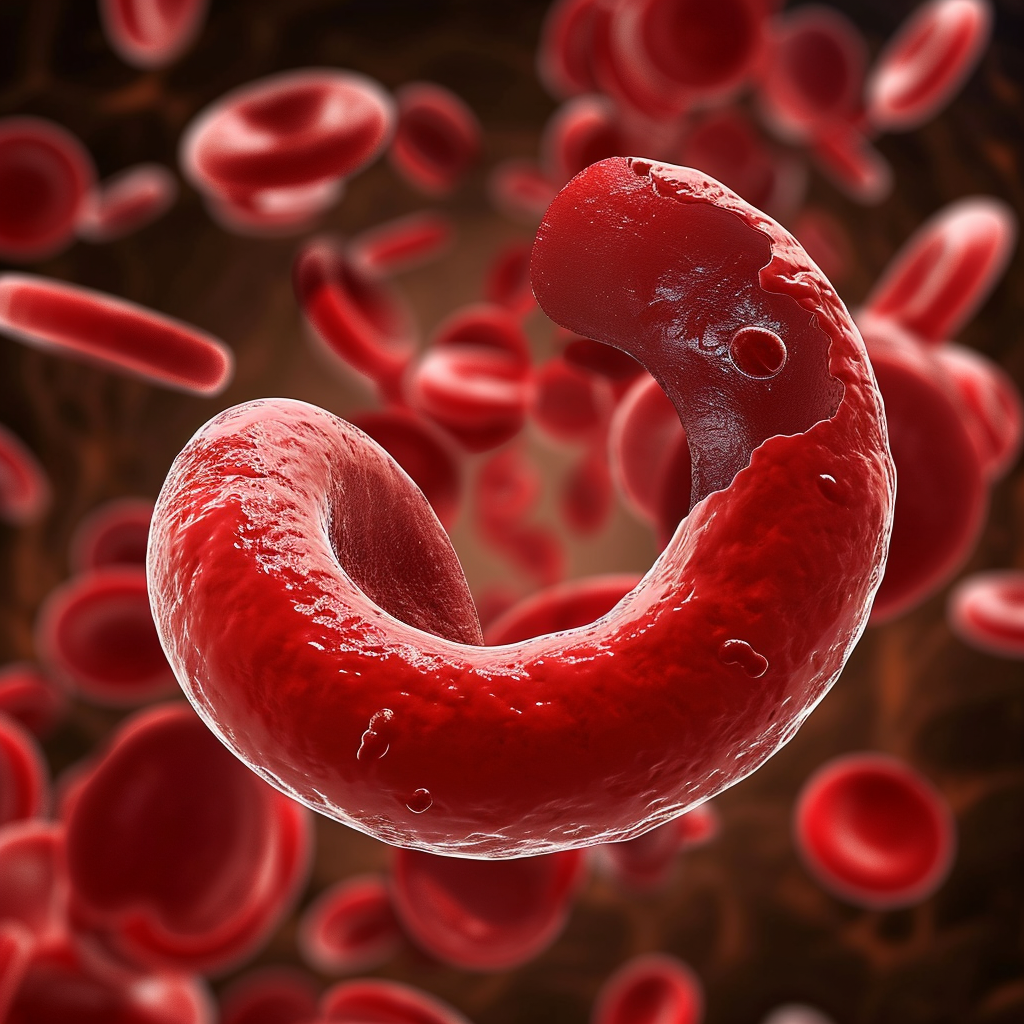
Some genetic diseases persist because having one copy of the disease causing version of that gene can have benefits, so even though having two copies is deadly, that copy of the gene doesn’t go away in the population. For example: sickle cell anemia. Carriers get the benefit of malaria resistance without the health drawbacks
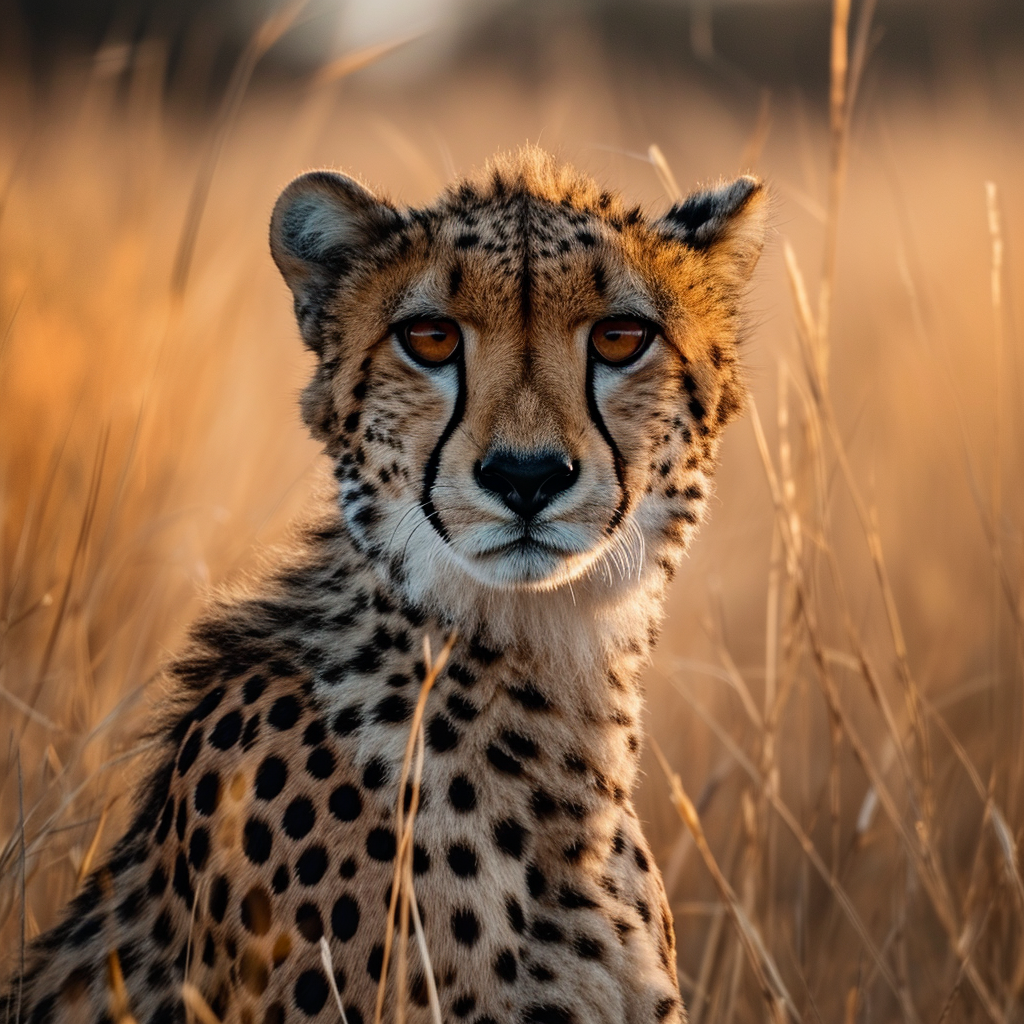
Cheetahs are extremely inbred. As large mammals died out across the world, the number of surviving cheetahs dwindled. This created a massive bottleneck about 10,000 years ago in terms of diversity that they have have not recovered from to this day.
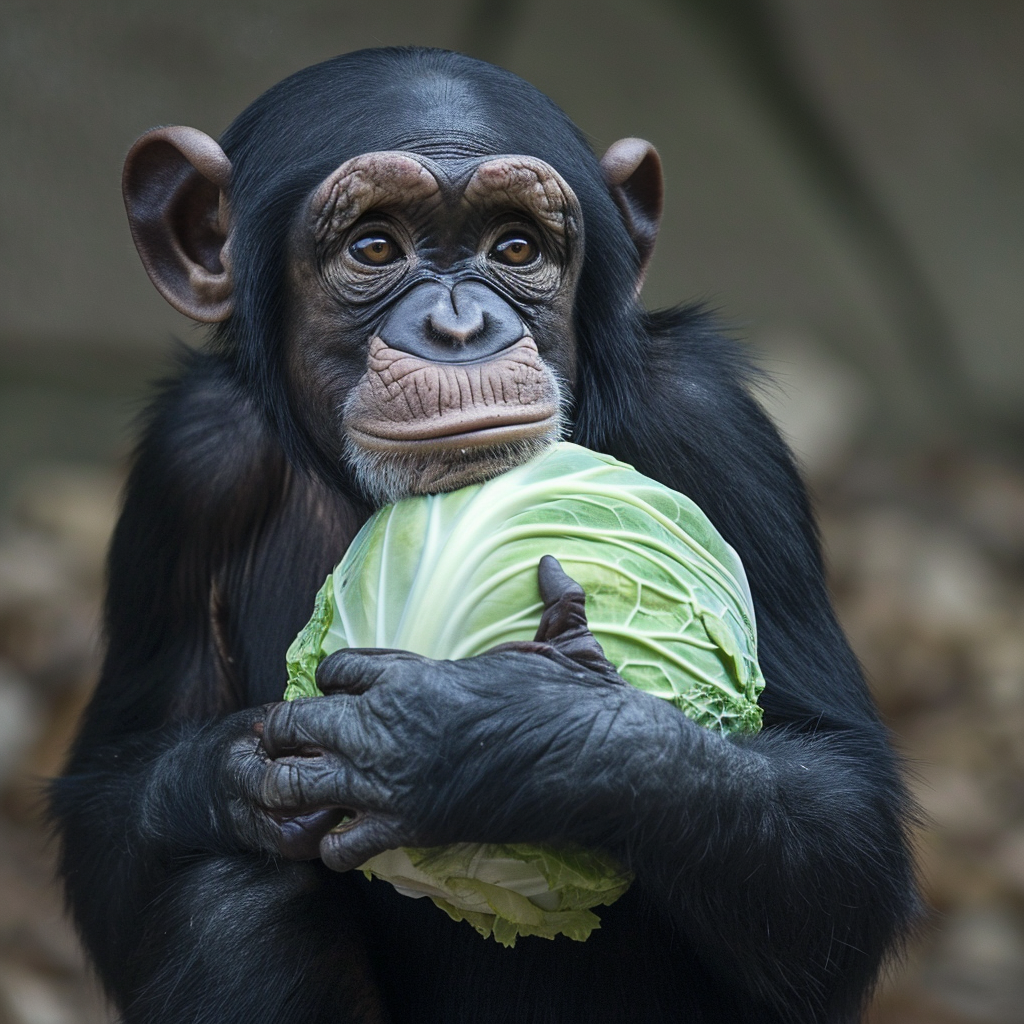
Humans and cabbage share about 40-50 percent common DNA and are 98% identical to chimpanzees.

